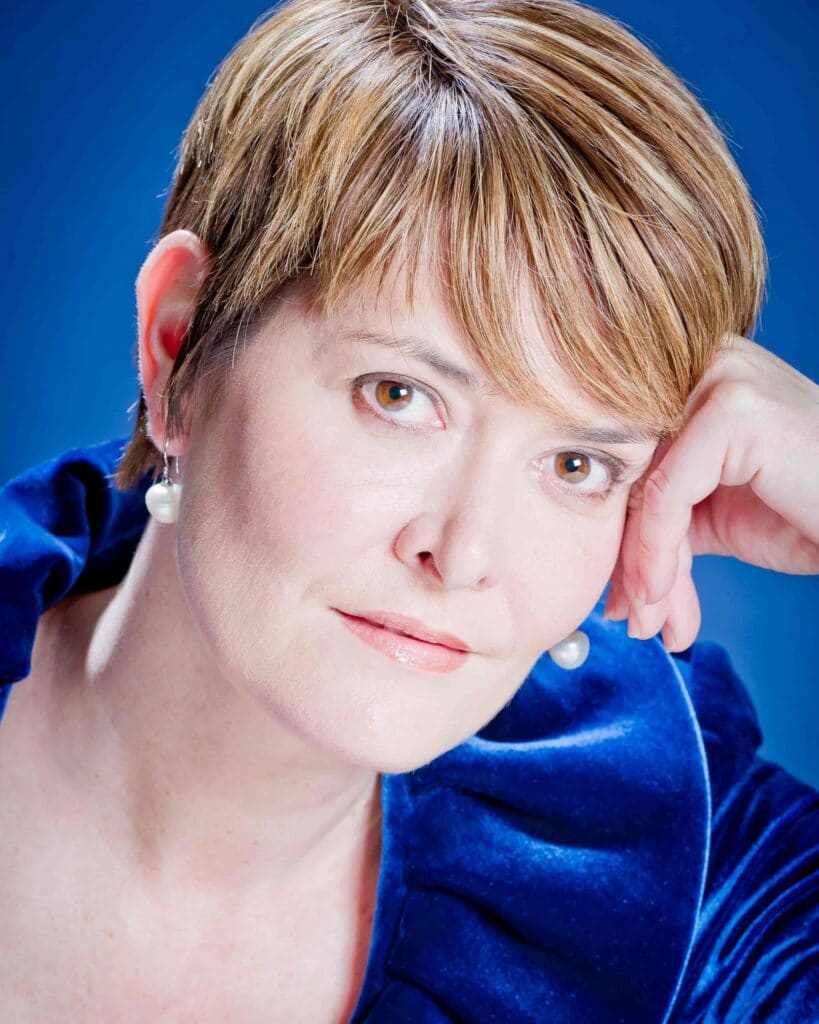Evviva! Canberra music and drama lovers, rejoice. The curtain will soon go up on National Opera’s inaugural season for 2021: rarer works by two of the most popular composers, and pocket-sized versions of two favourite warhorses.
These are the first productions in artistic director and renowned baritone Peter Coleman-Wright AO’s ambitious plan to put Canberra on the international music map.

“This is going to be something exciting for Canberra; it’s a company for all Canberrans, and indeed all Australians,” Mr Coleman-Wright said.
“Canberra is the capital city of Australia; it’s home to the best art gallery, the Portrait Gallery, and the National Library. Many cities throughout Scandinavia, Germany, and France with a similar population have an opera company and an opera house. I thought it was time that such an important city really had its own company.”
Mozart’s late opera La clemenza di Tito (The Clemency of Titus) (1791) opens the season in April at the Llewellyn Hall. It concerns an attempted political coup in Ancient Rome, and a plot to assassinate the beloved emperor Titus. Canberra operaphiles may be familiar with Tito from Opera Australia’s 2008 production, or the New York Metropolitan Opera’s 2012 broadcast.
“The burden on me is to create something very beautiful,” Mr Coleman-Wright said. “It’s a really gorgeous, gorgeous score; the music is uplifting. It’s a piece that is very much about forgiveness, clemency, and trust over vengeance, jealousy, and revenge.
“Today’s political landscape worldwide is always one of survival and revenge or ambition; the essence of the piece is Titus’s sense of fairness and honesty. I want to emphasise something good happening in the world, rather than the bad that we hear daily.”
Puccini’s bittersweet Viennese comedy La Rondine (The Swallow) closes the season at the Llewellyn Hall in October. One of the Italian giant’s lesser-known operas, the work has seldom been given in Australia. (June Bronhill starred in an Adelaide production in 1978; Gianluigi Gelmetti gave a concert version in Sydney in 2005; and Melbourne City Opera put on the work in 2010.) National Opera’s production was scheduled for last month, but COVID has delayed it by nearly a year.
These two productions, Mr Coleman-Wright said, will showcase the National Opera’s mission to foster a national and local community of opera professionals and enthusiasts, helping local Australian artists develop and perform their craft in a supportive and collaborative environment.
Mr Coleman-Wright dreams of building up an ensemble company, with the same sense of family, pastoral care, and belonging that he found at Opera Australia or overseas with the English National Opera (ENO) and Covent Garden. National Opera’s role, he believes, should be one of stewardship, “developing the next generation through the support of Australia’s best”, by giving young singers the chance to perform with experienced soloists.
“I want to be able to provide work for Australians to actually cut their teeth a bit,” Mr Coleman-Wright said. “Young singers standing on stage with more famous singers are going to raise their game and learn far more quickly.”

La Clemenza di Tito features both established artists who have performed at some of the world’s best opera houses, and singers early in their careers. Dramatic (Helden) tenor Bradley Daley sings Tito; bel canto soprano Helena Dix the spiteful Vitellia, daughter of a deposed emperor; mezzo-soprano Catherine Carby (a Canberra School of Music alumna) the trouser role of Sesto, her lover and Tito’s friend and would-be assassin; bass-baritone Andrew Collis Tito’s counsellor, Publio; Canberra born-and-bred Eleanor Greenwood Sesto’s friend, Annio; and young Sydney soprano Mikayla Tate Sesto’s sister, Servilia.
Similarly, La Rondine stars Canberra-based soprano Lorina Gore, lyric tenor Henry Choo, and bass-baritone Adrian Tamburini, joined by young, up-and-coming talent in Georgia Wilkinson and Daniel Todd.
Mr Coleman-Wright’s wife, soprano Cheryl Barker, has taught classical singing at the School of Music for the last couple of years. Some of the young singers she has nurtured will perform in Pocket Operas: reduced, 50-minute versions of Mozart classics The Marriage of Figaro (Wesley Uniting Church, May), and The Magic Flute (Albert Hall, June).
“When I was young and I started my career,” Mr Coleman-Wright said, “the instinct was to finish your course, get on the plane, and go. The world has rapidly changed. There’s so much talent here. It would be wonderful for [young artists] to have a lot of experience performing, and maybe not even need to travel as much as they think they have to. There’s so much competition all the time now, so if you’ve got roles behind you, and experience and performance on your ladder, when you do go overseas, you’ve got a different aura anyway.”
National Opera will draw on the theatrical and musical riches of Canberra. Tito will be accompanied by the Canberra Symphony Orchestra, under the baton of Dane Lam, principal conductor and artistic director of China’s Xi’an Symphony Orchestra. Countertenor Tobias Cole, artistic director of the Canberra Choral Society, will act as chorusmaster. The costume and lighting designers are also Canberra-based.

“I would love to bring all the resources of Canberra together,” Mr Coleman-Wright said. “I see it really as a major collaboration for Canberra that will put Canberra firmly on the international map. I want people to say: ‘Let’s go to Canberra; we’ll see great opera, we’ll hear great music and symphonies.’ That’s the dream.”
Some of those great operas could be rarities. Inspired by Pinchgut Opera’s success in mounting often obscure Baroque pieces, Mr Coleman-Wright wants to produce works that are seldom staged. These adventurous choices could range from the French repertoire (Thomas’s Mignon or Saint-Saëns’s Samson et Dalila) to German Romanticism (such as Marschner’s Vampyr or Flotow’s Martha) to the bigger works of Richard Strauss.
“I’d love to be able to do that once a year, so that the whole of Australia can say: ‘Oh! They’re doing whatever’ – and come along and see it.”
Mr Coleman-Wright asked Canberra to embrace the new opera company. “What has been evident to me from the launch is just how much enthusiasm and positivity there was behind this. I would really love everyone to get on board and think: Well, this could be very exciting. Certainly, in a time when there’s so much negativity and so much misery, this is something positive.”
He wants to quell the mantra that opera is an elitist, inaccessible artform, full of pompous reception parties and armour-bearing ladies with horned helmets.
“This is going to be for everybody,” he said. Opera’s mixture of dramatic intensity and charismatic performances through beautiful music can take the listener to a different place.
“If it’s done well, it’s the ultimate art form, and everyone will have a great time.”



